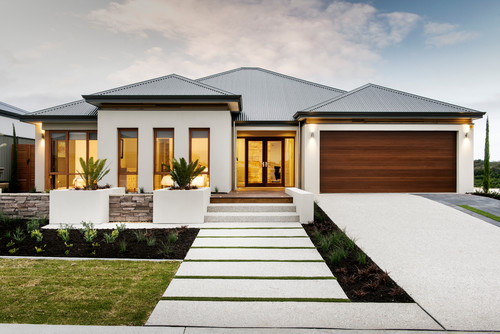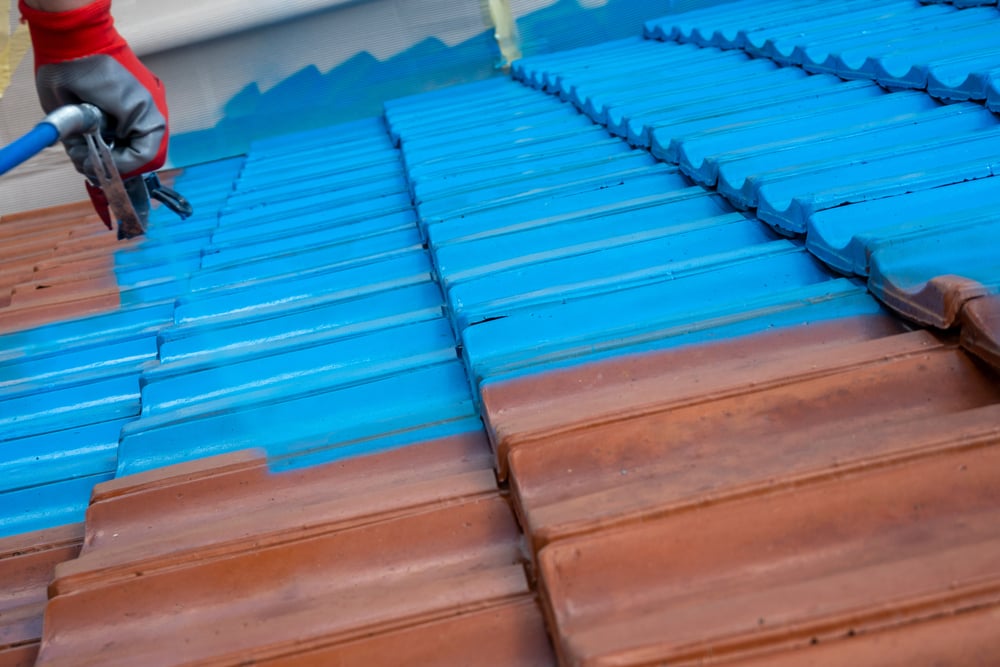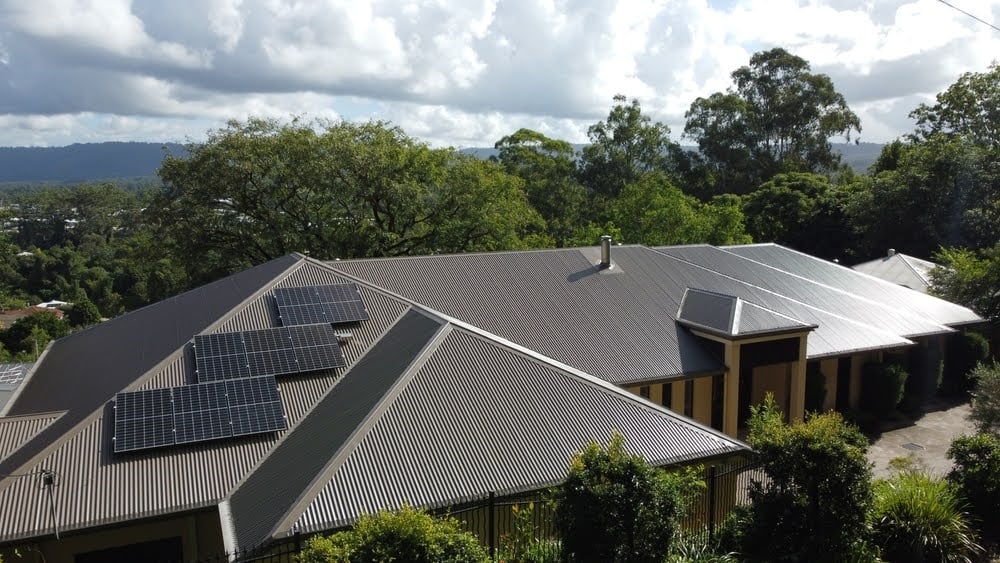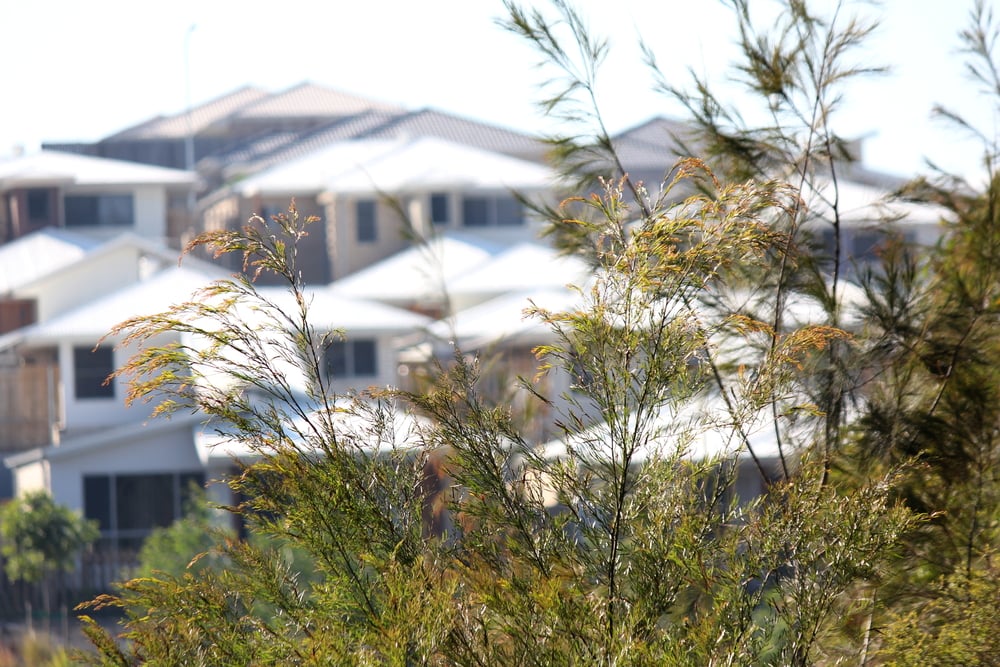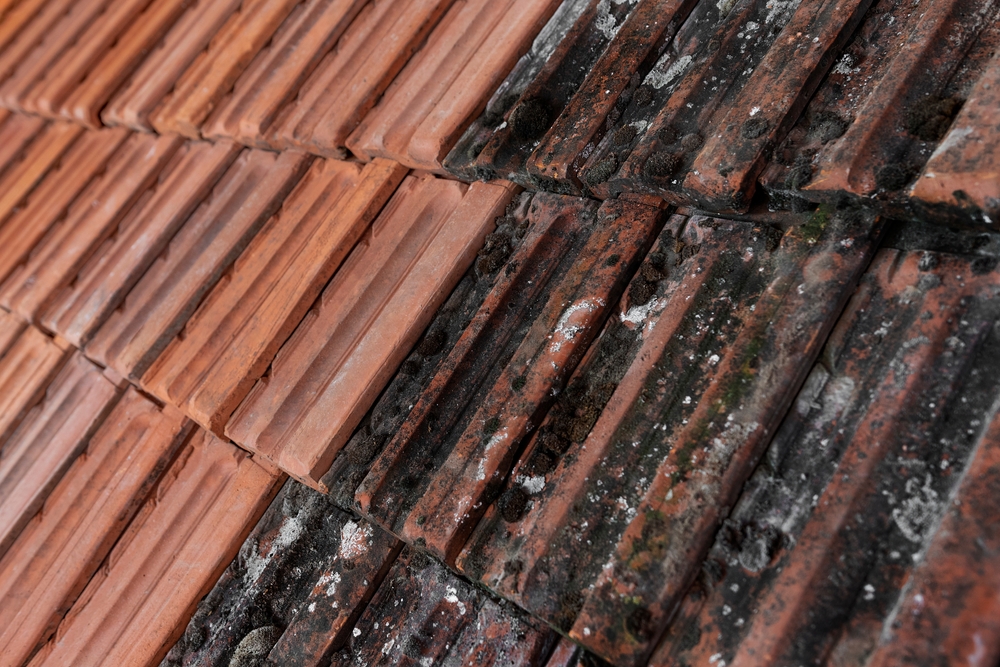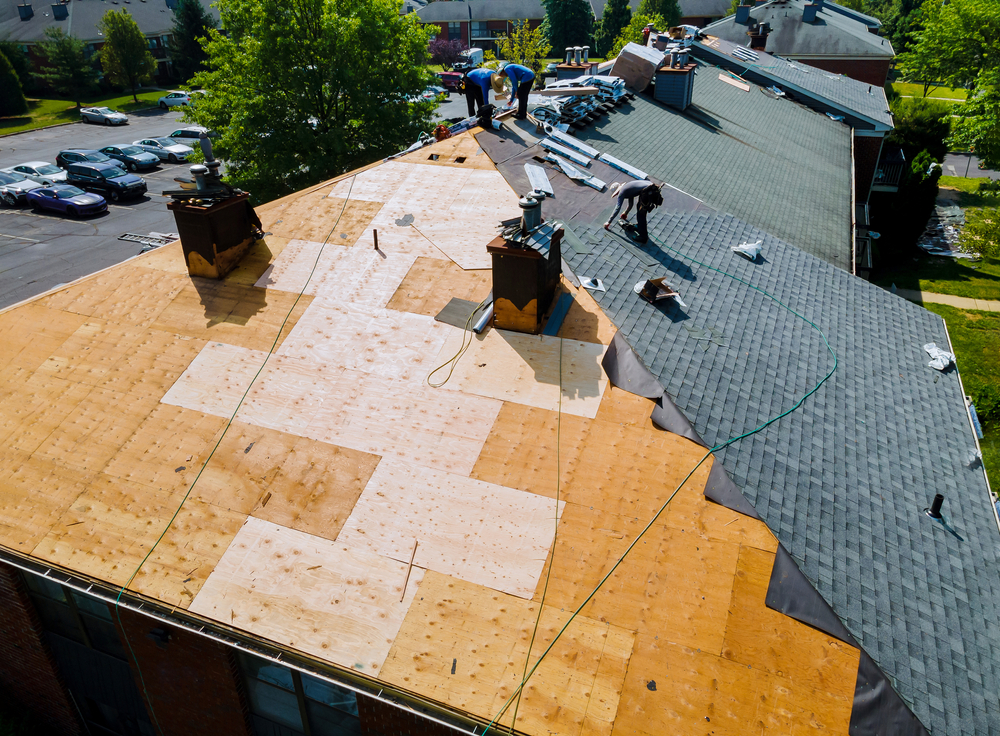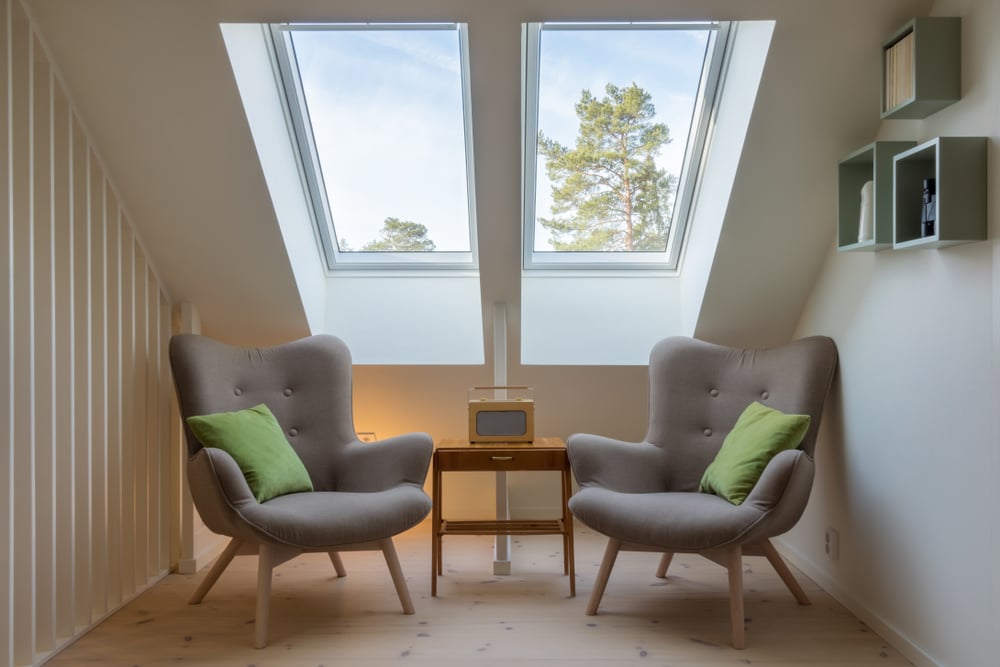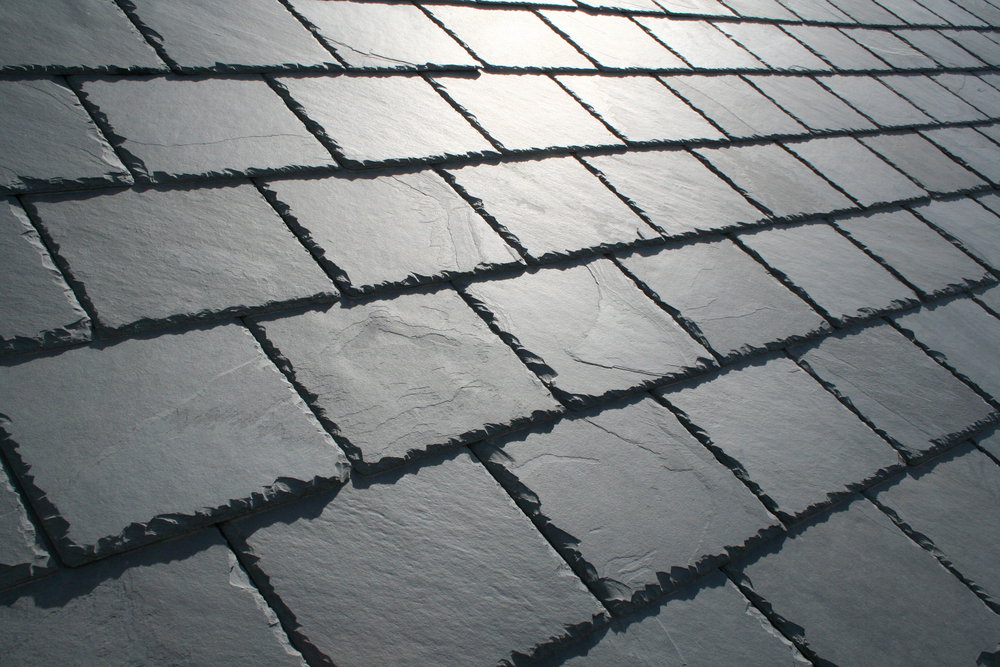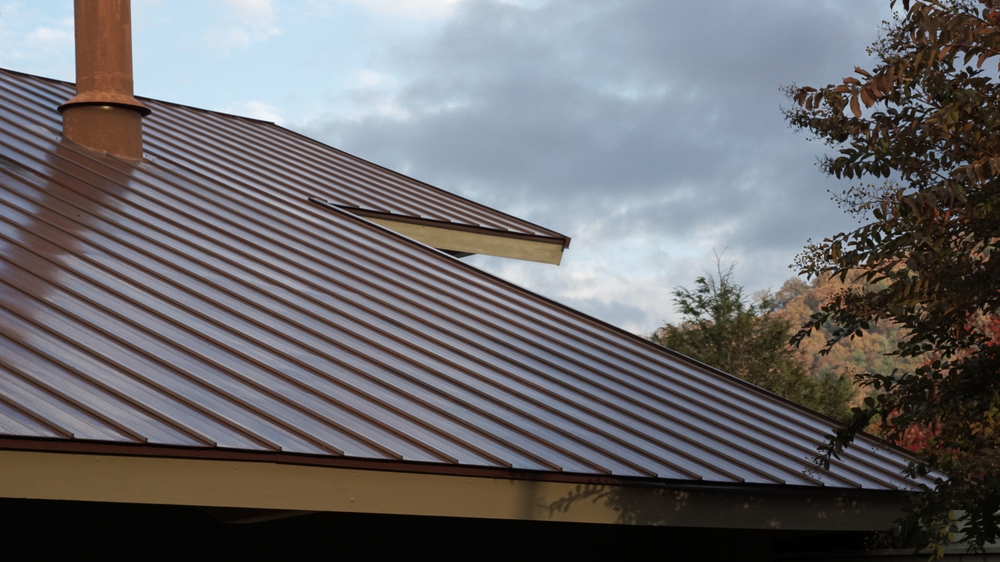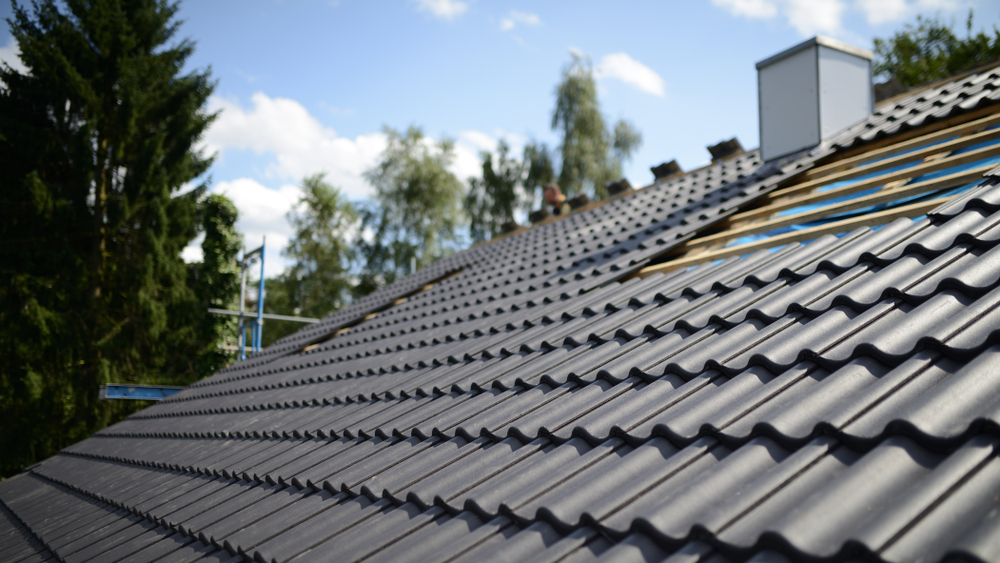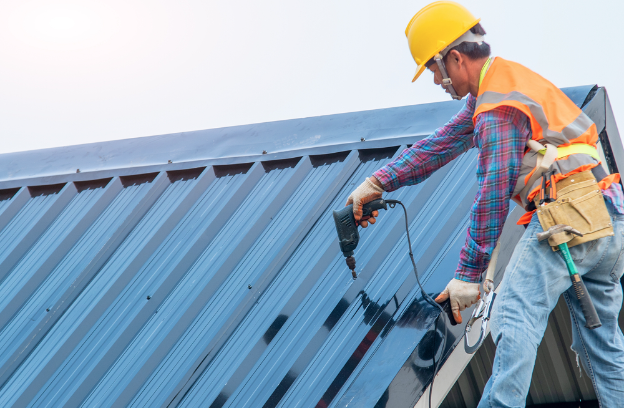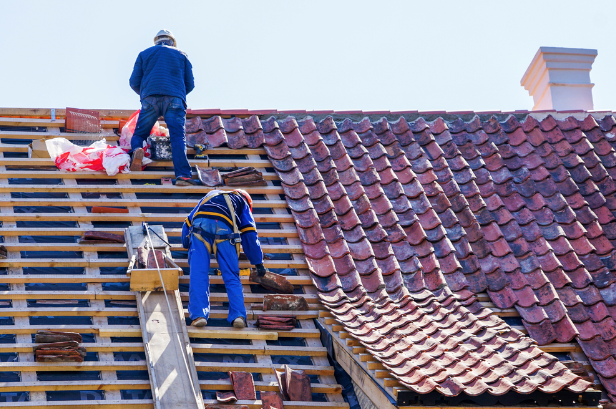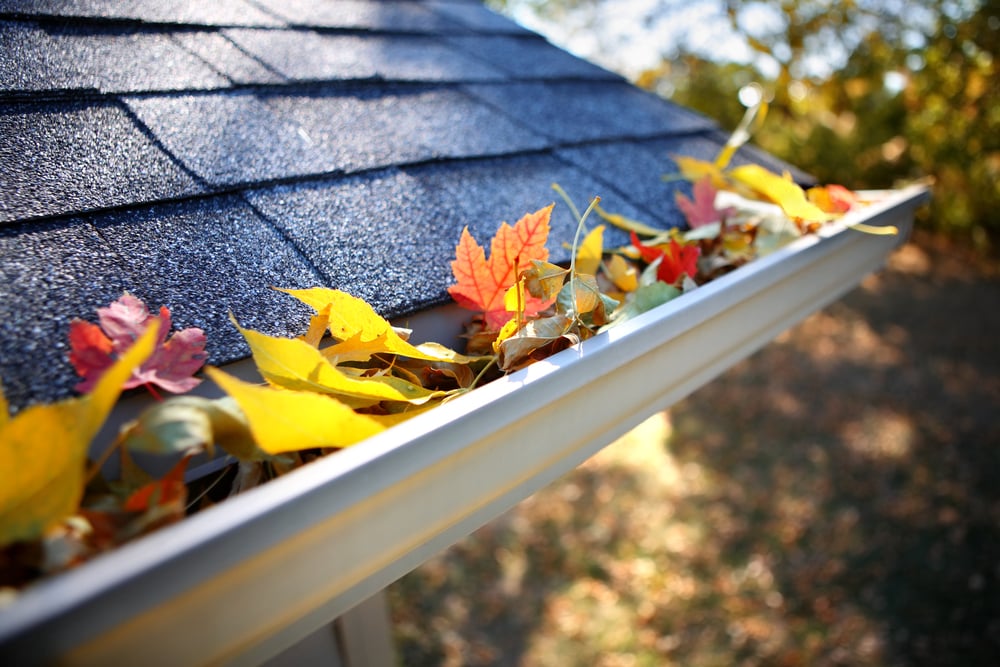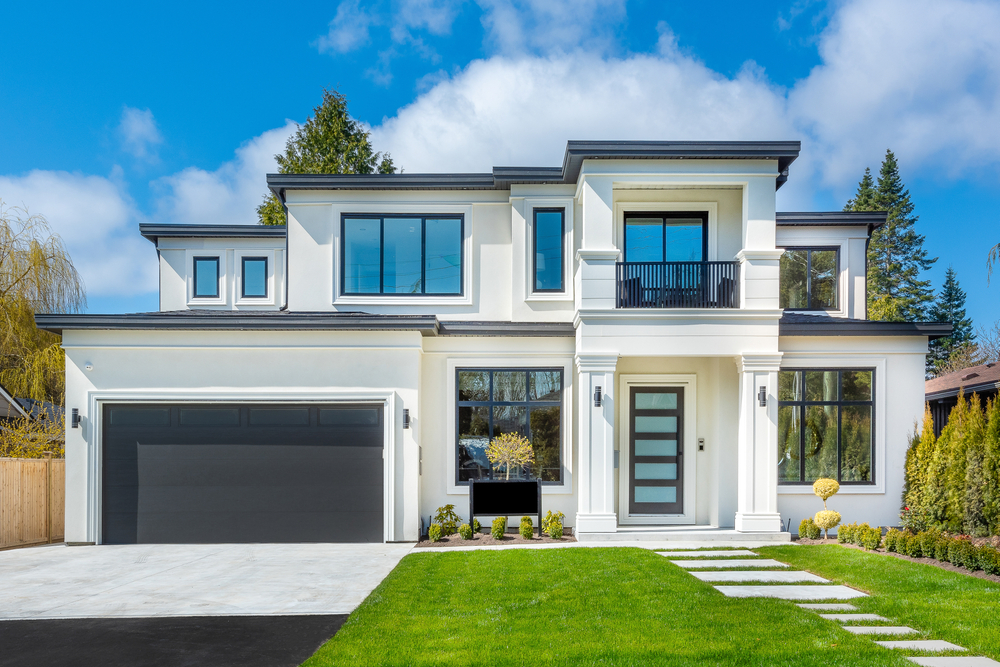
Jul
Roofs of the past
In this post, we take a closer look at some of the roofs of the past and highlight some of the dramatic changes, not only in roofing options, but also in roof and structural designs and roof insulation types. In the past, roofing’s sole purpose of protecting structures. Today’s roofs, however, do much more than sheltering a building’s occupants.
Low Slope Roofs
In the past, low slope roofs (now common for industrial, commercial, schools, office building, factories etc) were constructed very similarly but also used for the average home and the roofing materials were limited to asphalt or coal tar. Roof decks were wood planks on heavy wood timber supports. Insulation was rare or non existent as heating energy costs were minimal and don’t get us started on air conditioning, what air conditioning?
Then:
Now:
Tile Roofing
But not all homes had low slope roofs built on them. Dating back as far as Neolithic China (10,000 BC) clay roof tiles have been seen to be used. These were used on houses and buildings with mid- to high-slope roof shapes. Clay tiles have a vast and rich history that spanned the whole of Europe. They were seen as the best “fire proof roofing”. By the 18th century, tiled rooms were seen as the standard in roofing in Europe. Back then, the “craft” of tile making was hard labour and required specialised knowledge of the materials and process involved. Improvements to the transportation infrastructure and the availability of steam engines helped with the faster production of clay roof tiles in the 19th century. Europe has a long lasting clay roof tile history, that is highly visible if one looks at the roof of major European cities. Nowadays, the quality and durability of building materials is becoming increasingly important for the value minded homeowner. Terracotta tiles is ever during as its predecessors can attest to.
Then:
Now:
New Amalgams
Composites, such as asbestos and fiber-cement, rivaled asphalt for a time by demonstrating better performance while attempting to replicate traditional materials such as slate or clay tile. But problems were found in these amalgams. Imitation subsequently became a theme in the roofing category, with early examples including metal shingles that replicate the look of clay tiles and asphalt shingles that simulate thatching. The 20th century also saw the development of roofing materials with various levels of durability and fire resistance as well as the introduction of roof-related components such as gutters, downspouts, and flashing.
Then:
Now:
Metal Roofing
Metal roofs can be seen throughout history - it’s highly durable and can be bent to fit the shape that’s needed. Until recently, however, metal roofs were super expensive. Because of this, they were reserved only for the wealthy or used in important buildings like temples and museums.
Metal roofs are returning to common usage. Modern metal can be made to look like almost any traditional roofing material. Metal roofs are durable, fire resistant and require almost no upkeep. They also offer energy efficiency, as metal prevents the sun’s heat from penetrating the roof and heating the attic. Steel roofs are also environmentally friendly and are lightweight, making it possible to install over an existing roof, preventing the need to throw the old roof away. While initial install may be expensive, it is worth computing the savings over time.
Then:
Now:
Insulation
Insulation is there to prevent the transfer of energy in the form of conduction, convection or radiation.The most basic insulators rely on the principle of blocking the convection mode of heat transfer. Nowadays there are a lot of more options to insulate your roof including Cellulose Fibre, Polyester Batts and Earthwool Insulation.
Maintenance
Early 20th century and before, people saw roofs as things that were merely installed and if leaking, were torn off and re-roofed. Today, roofs are seen as a more expensive asset that needs to be maintained. This can be done through periodic inspection and repairs, as necessary, and with intermittent roof restoration when needed. Coatings can also be applied to the roof when it’s installed or during its life to prolong is serviceability. Just like with most things the underwent an evolution in 20th century, technology has a lot to with the innovations and improvements of today’s roofing choices. Whilst inheriting the legacy of the past, combining the best elements of what has worked for centuries with the technology and trends of today, modern roofing today is the best we have ever seen it.











